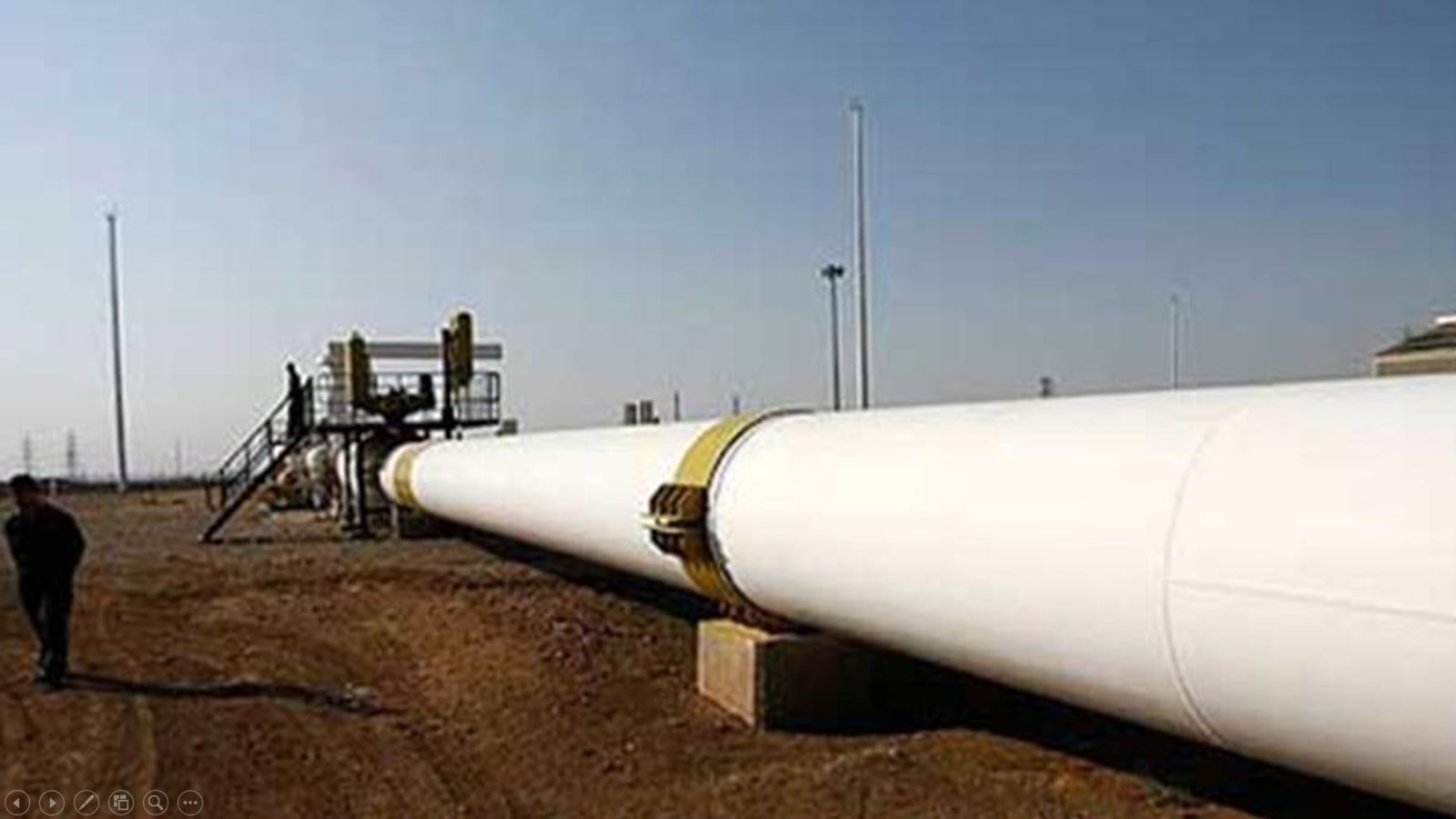KARACHI: Oil and Gas Regulatory Authority (Ogra) is pursuing a plan to encourage local gas production as the gap between supply and demand is expected to reach over six billion cubic feet/day (bcfd) within a decade, suggested an official document.
“Consumer addition is increasing the gap between demand and supply (of gas) day by day,” Ogra said in the state industry report 2016/17. “Especially in winter, gas demand further increases and as a result the government is forced to curtail supplies to various sectors.”
The regulator said gas shortfall is likely to increase to the tune of 3.9 bcfd in FY2020 and 6.6 bcfd by FY2030.
Alone in the last fiscal year of 2016/17, gas utilities added 486,418 consumers, including domestic, commercial and industrial, in their respective systems.
Presently, natural gas is contributing nearly 46 percent to Pakistan’s primary energy supply mix. The country produces around four bcfd of natural gas against the demand of more than six bcfd.
In view of the gas demand-supply gap, government had introduced liquefied natural gas (LNG) policy to encourage imports.
Engro Elengy Terminal Limited was the first to have established LNG re-gasification terminal at Port Qasim, Karachi. Pakistan Gas Port Consortium Limited was the second terminal at the port. Together they have an estimated re-gasification capacity of 1.2 billion cubic feet/day for up to 15 years.
“The addition of new LNG re-gasification terminals and respective enhancement of pipeline capacities of gas utility companies of the country shall open up new business avenues and help diversifying Pakistan’s energy basket,” Ogra said. Share of imported LNG in total gas supplies stood at mere 16 percent during the last fiscal year.
The regulator said power sector, including captive power plants, remained the main gas consumer, consuming around 43 percent of supplies, followed by residential and fertiliser sectors with a share of 21 percent each during the last fiscal year.
Province-wise gas consumption data showed that Punjab and Sindh were the major consumers with shares of around 47 percent and 43 percent, respectively, whereas Sindh was the major gas producer with 56 percent share, Balochistan (13 percent) and Khyber Pakhtunkhwa (12 percent).
Additionally, Pakistan had 1.209 billion tons of liquefied petroleum gas (LPG) in FY2017 – having 0.7 percent share in energy basket – mainly consumed by domestic sector (37 percent), followed by commercial (36 percent) and industrial (27 percent).
LPG supply increased to 3,029 metric tons (mt)/day in FY2017 from 2,801mt/day in FY2016, while consumption rose to 3,313mt/day from 3,055mt/day.
Ogra data further showed that local consumption of petroleum products grew 9.7 percent to 26 million tons during FY2017 on growing demand from transport and power sectors, which rose 12 percent and 10 percent, respectively.
Total production by the refineries was 11.67 million tons in the last fiscal year as compared to the previous year’s production of 11.31 million tons, showing an increase of 3.2 percent.
Demand for high speed diesel, motor spirit and furnace oil were mostly met through imports as domestic production was not enough to meet the domestic requirements. Imports met around 73 percent of gasoline, 69 percent of furnace oil, 46 percent of diesel and 14 percent of jet fuel demand in FY2017.

